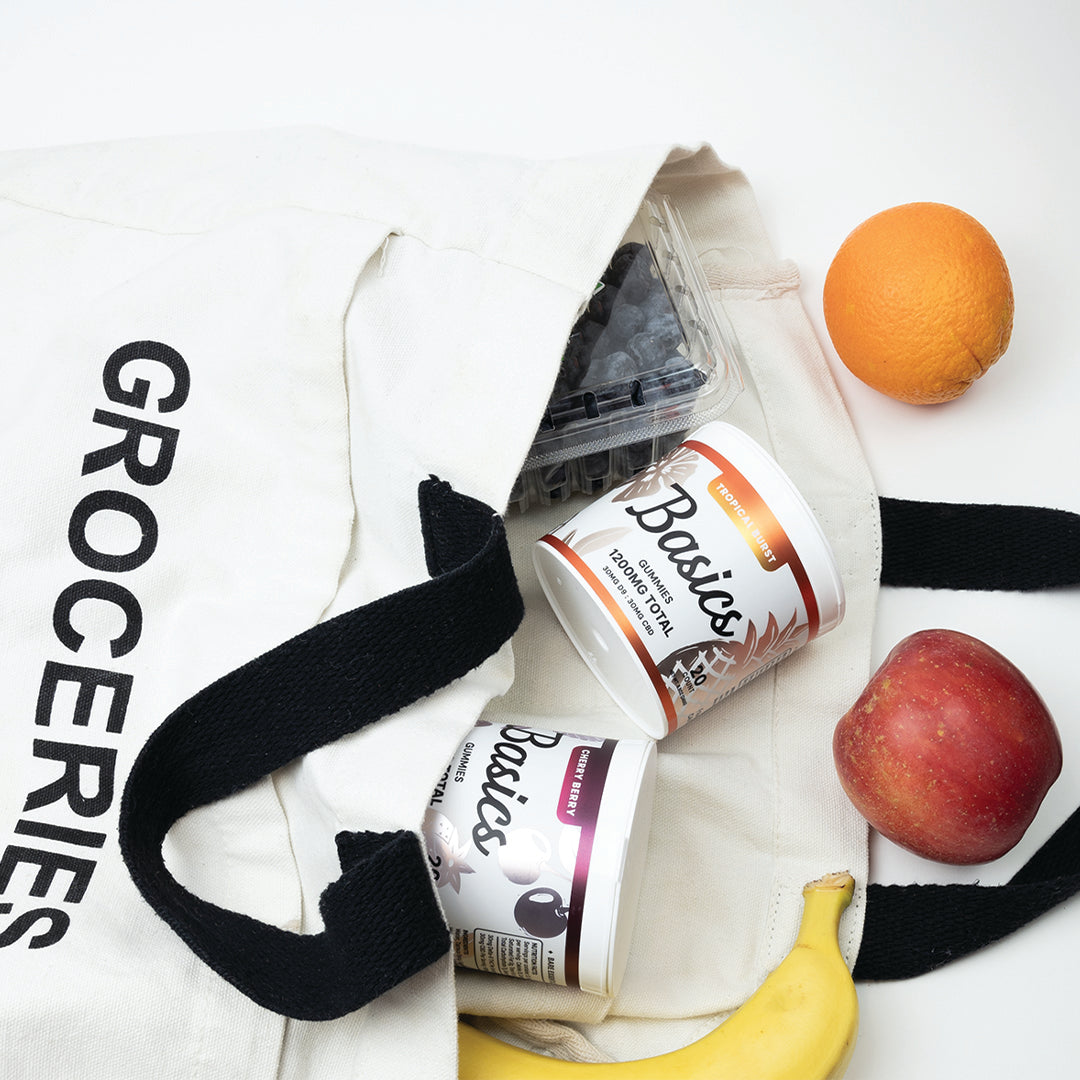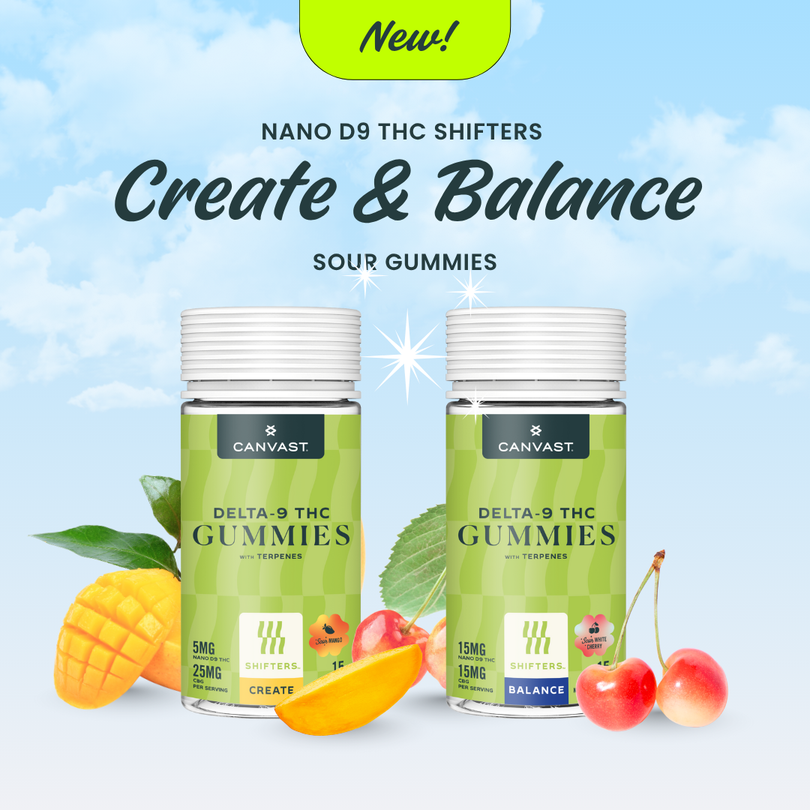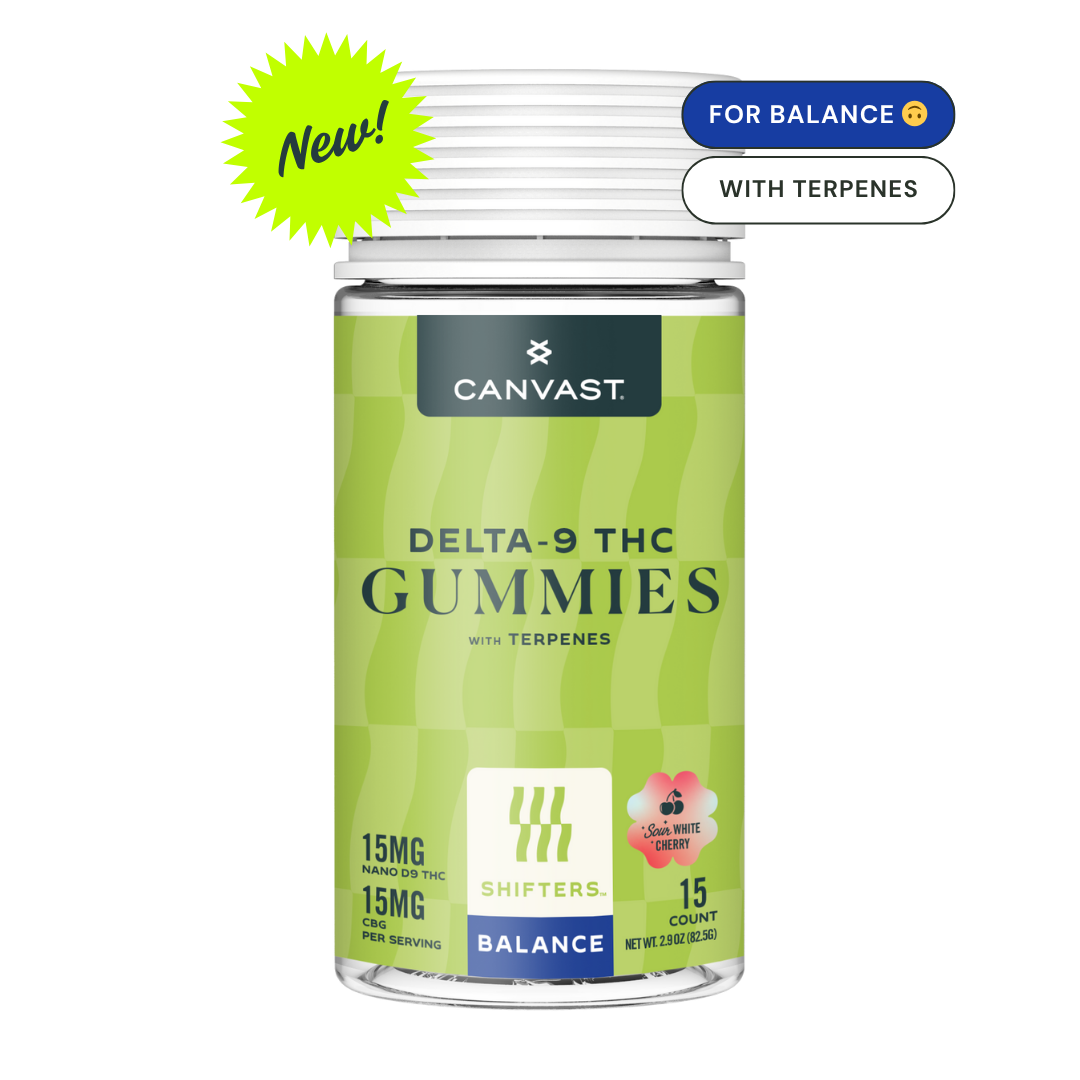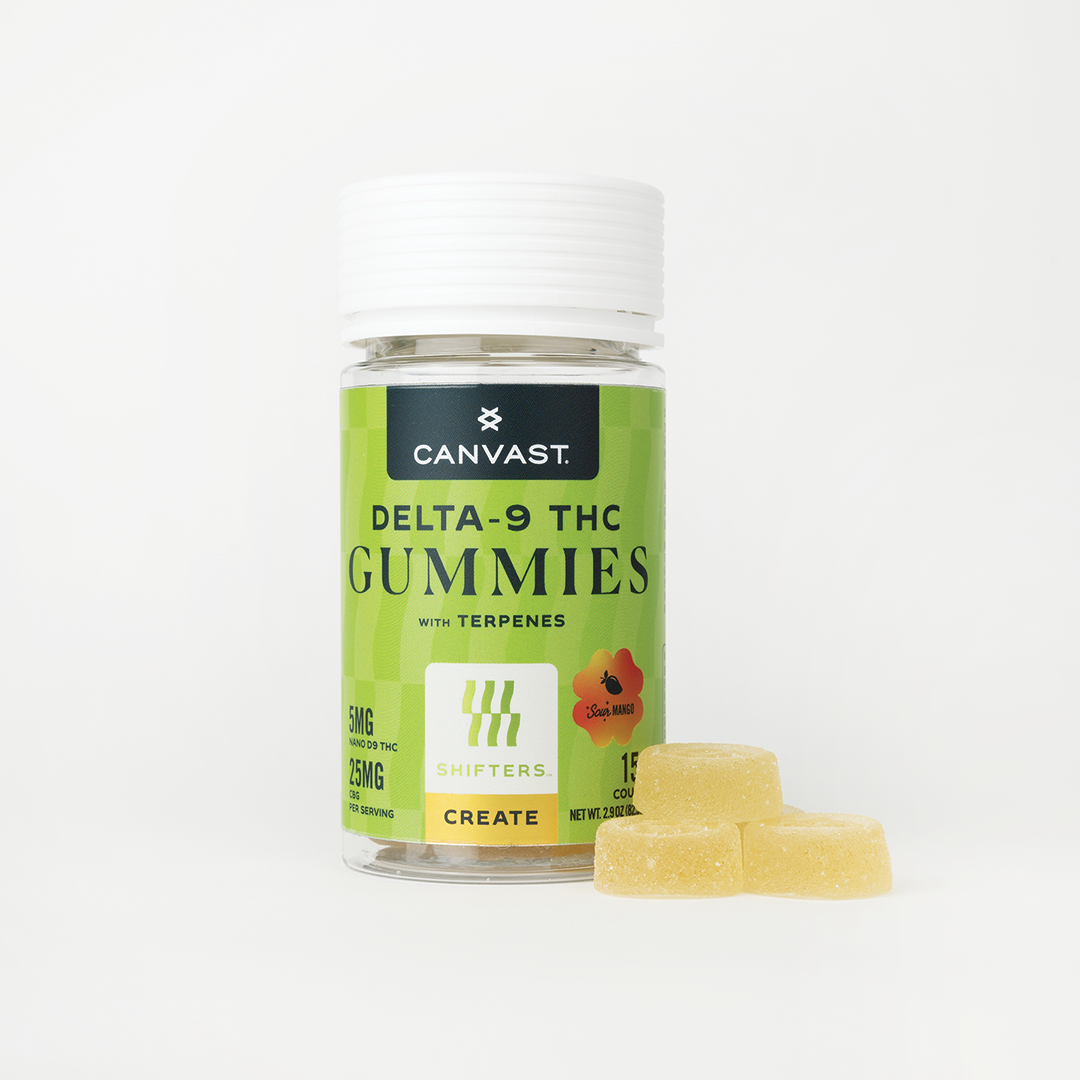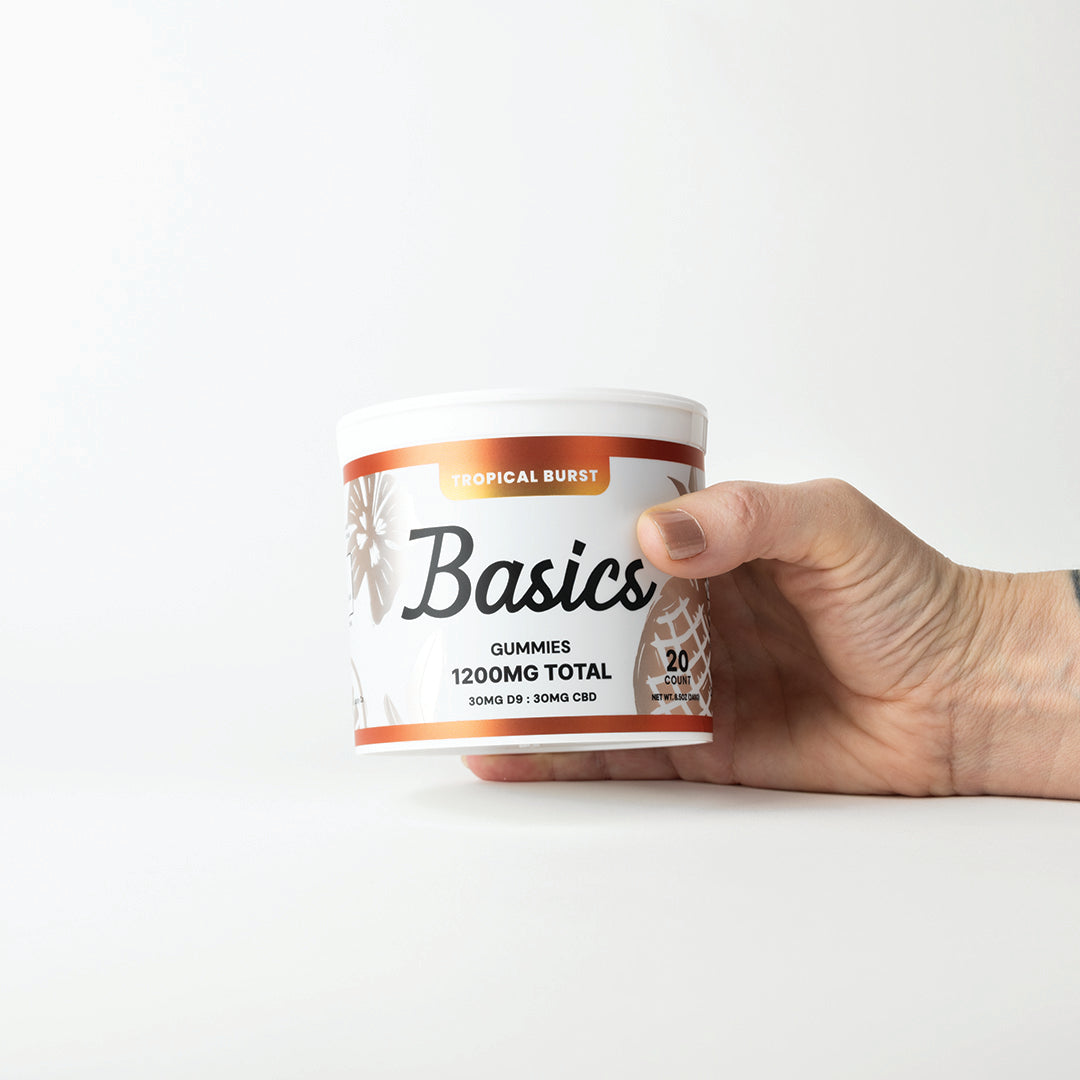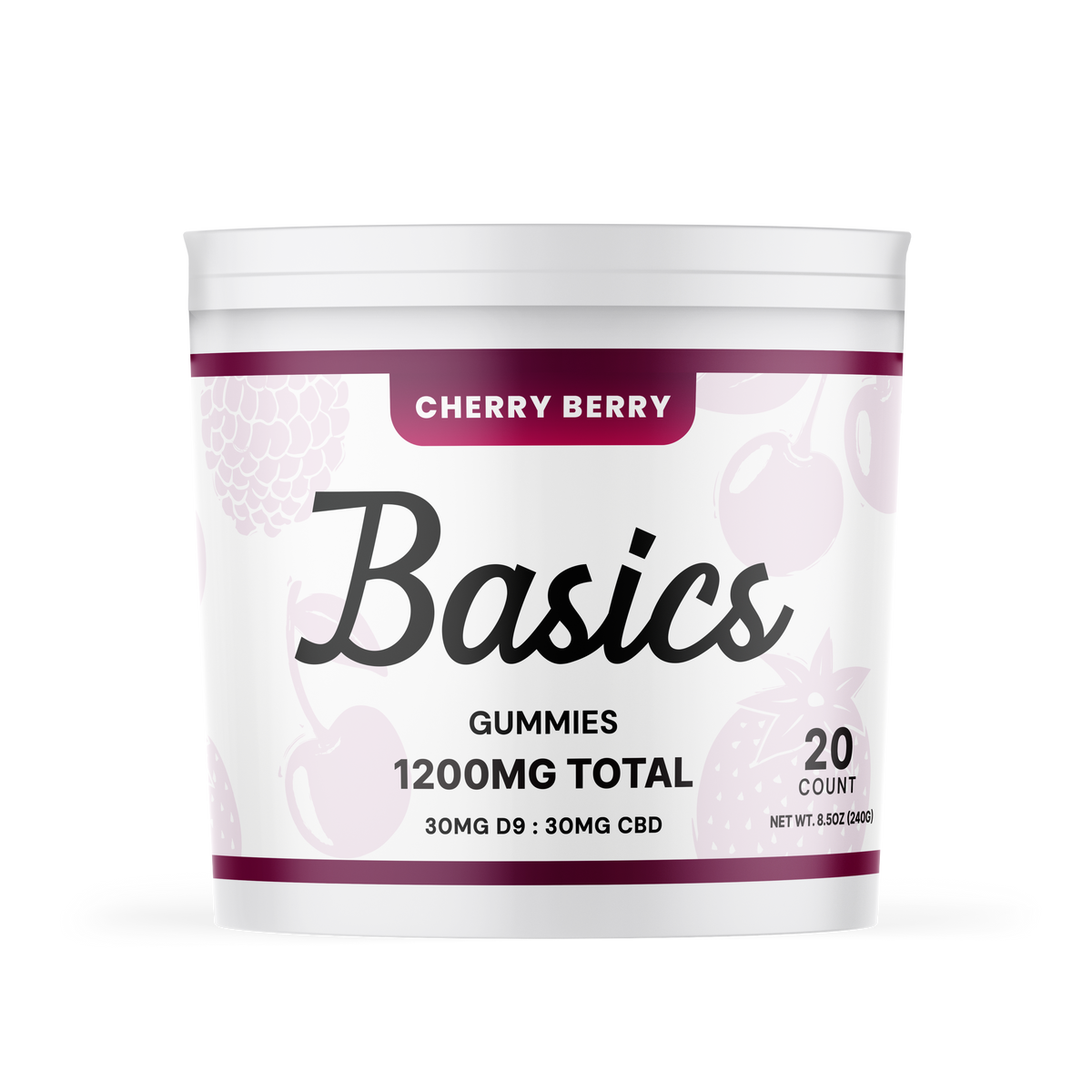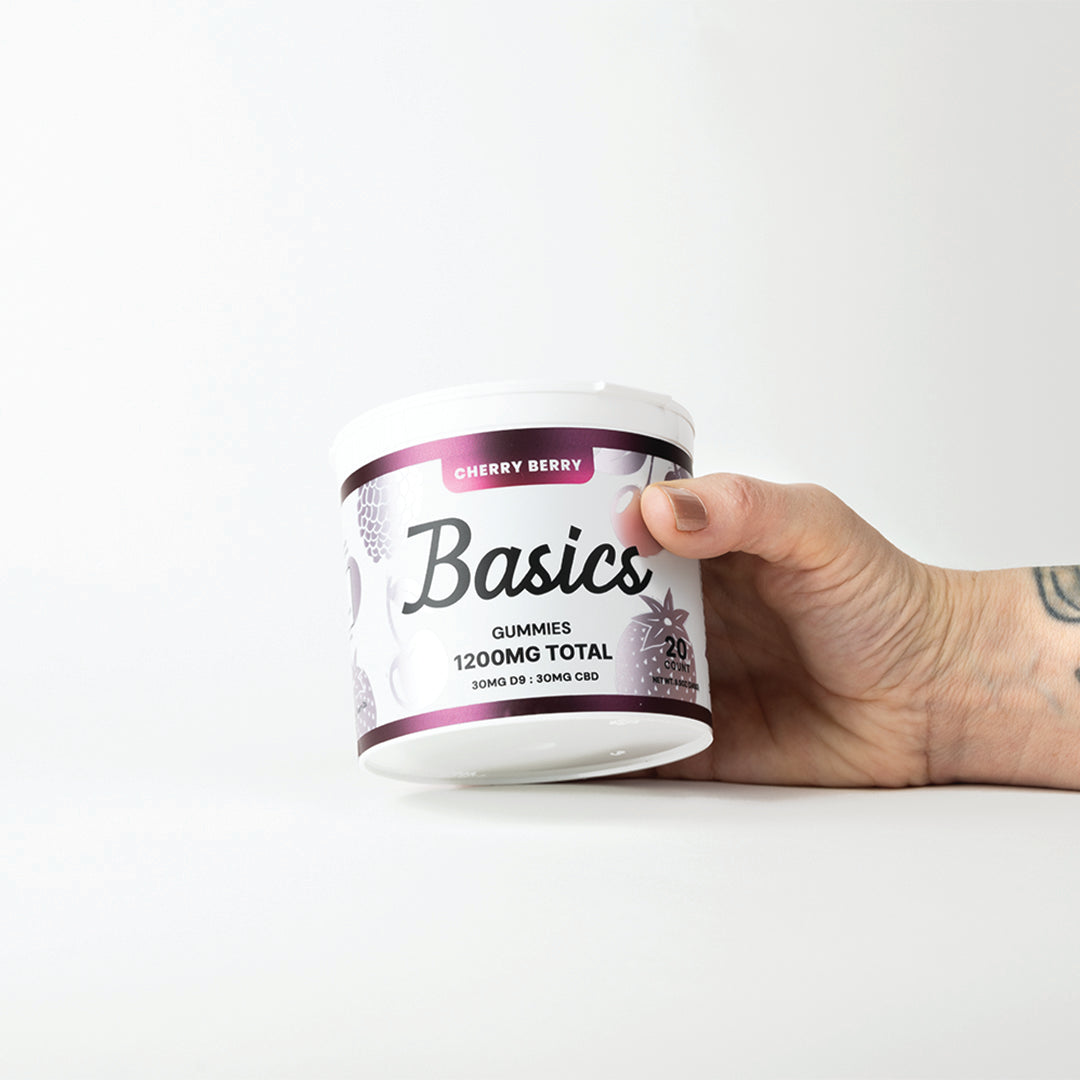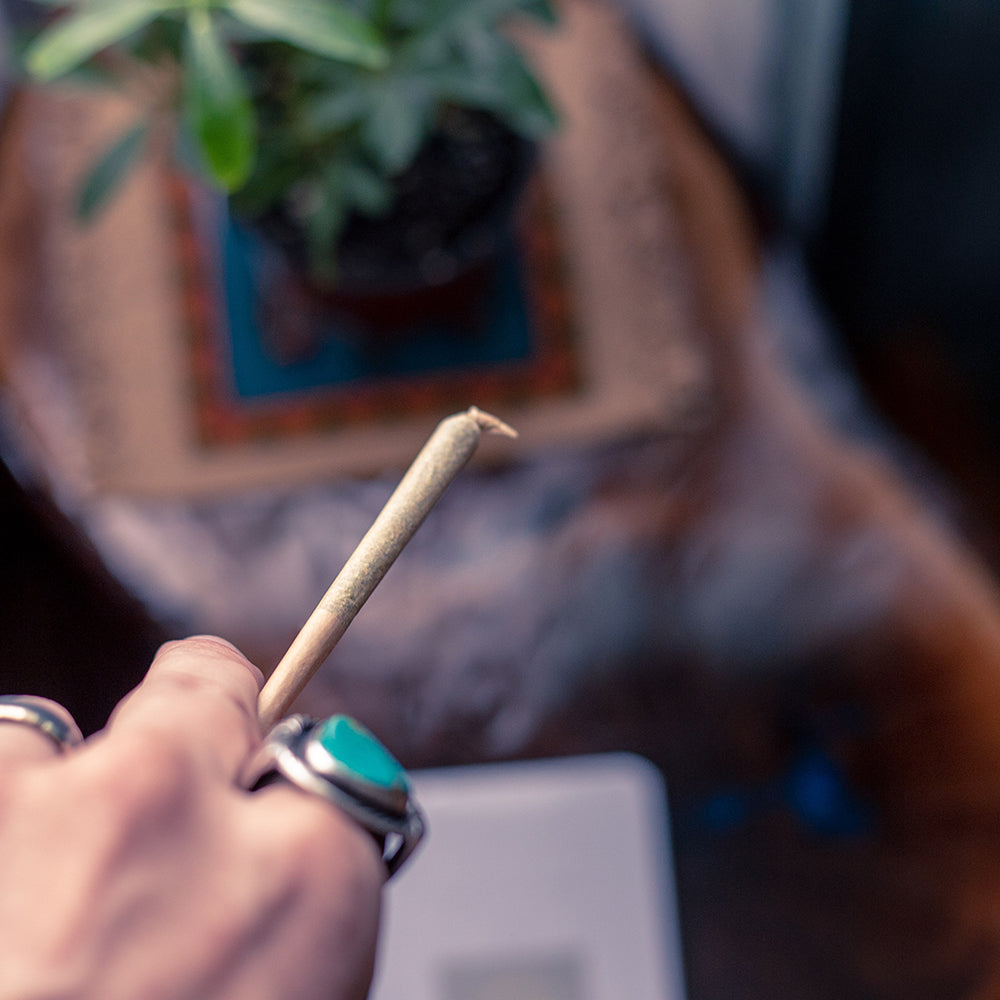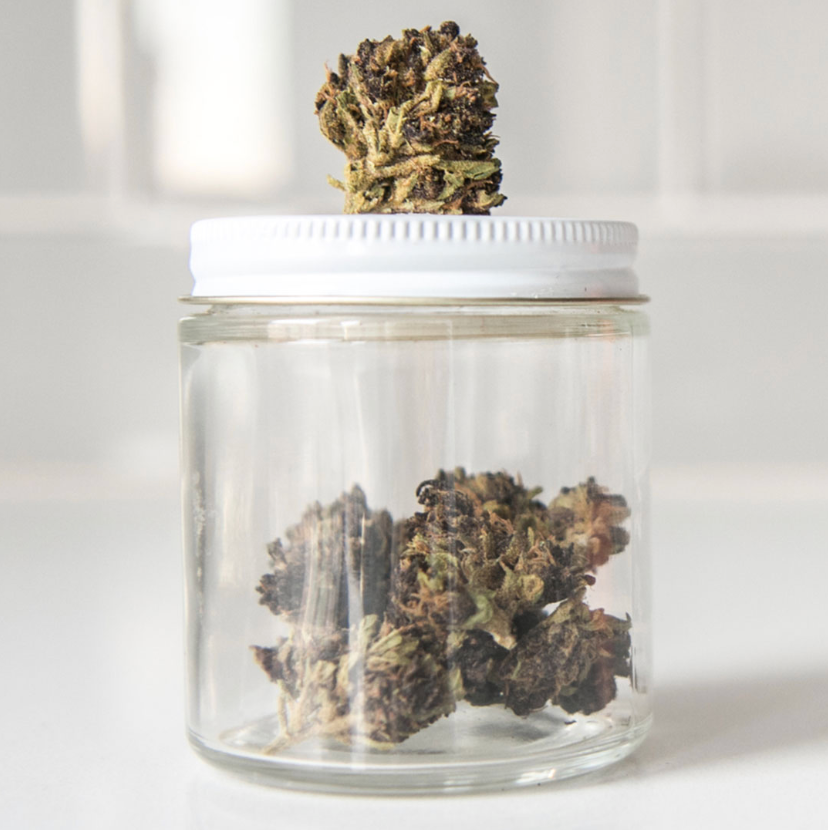Post Harvest hemp processing is the immediate agricultural processing of wet and dried herbal material needed to prepare the hemp for industrial, food or medical use.
One of the most essential, and, unfortunately, oft-neglected components of the medical Hemp and CBD manufacturing supply chain are Hemp Post Harvest handling facilities. The same basic post-harvest handling steps are required when processing hemp for either industrial use or CBD extraction. Due to the relative newness of the hemp industry, many new operators lack the equipment, infrastructure, and systems suitable to delivering quality hemp products. However, there’s a bit of a renaissance happening for industrial hemp processing: Growers are using 100-year old technology as a basis for designing new and innovative equipment, products, and processes to create a 21st-century hemp industry.
Keep reading to learn more about the similarities and differences between Industrial Hemp Processing and Medical Hemp Processing.
High CBD Hemp, industrial hemp, is specially selected to yield large amounts of high-CBD, low-THC resin for use in CBD (cannabidiol) manufacturing for the production of medicines.
The variety of hemp grown, cultivation style, available equipment, and standard processes all go into determining the processing practice and equipment implemented by farms and regions. Due to the relative newness of the industry, processors often use unique technology approaches.
Industrial Hemp vs High CBD Medical Hemp Differences
When developing processing solutions for industrial or medical hemp, it’s important that even though both plants are of the same species (Cannabis sativa), they differ greatly in how they are grown and handled. Think of Canola vs. Broccoli--both the same species, but for hundreds of years each have been selected for hundreds of years to produce a particular crop. Canola (rapeseed) is an oilseed crop, while broccoli is a flowerhead crop from widely different varieties of the very same plant. The same principle applies to hemp: Some hemp varieties are cultivated for oilseed, some for food seed, some for fiber, and others for the resin component of the flowering heads. In fact, many varieties are dual- or multi-purpose crops that allow harvest of seed, fiber, then finally processing of the hemp biomass for CBD.
Industrial Hemp Cultivation Style
Hemp for seed or fiber plants are grown close together, encouraging long, straight stems and abundant seed production. Male plants maximize seed formation and are good for fiber as well. Plant spacing is often 10cm (4 inches) of spacing, sometimes less, which yields dense stands of tall, straight plants that look almost like crops of corn, sorghum, or sugarcane.
High CBD Hemp Cultivation Style
When growing high-CBD hemp for medical use, it’s best to use purpose-bred genetics following suitable husbandry practices. Unlike true industrial hemp, high-CBD medical hemp ought to produce maximal flower and resin production, which requires resin-rich, drug-type genetics that are low in THC.
High CBD Hemp Cultivars
High-CBD hemp cultivars exhibit the most desirable characteristics for the production of hemp-derived cannabinoid medicines. The plants look, grow, and smell more like marijuana plants than industrial hemp crops do. These high-CBD hemp strains are specially bred to select for the potency of high CBD and low THC but also other therapeutic compounds, such as minor cannabinoids and terpenes.
Most of these strains are bred from higher CBD varieties, those from industrial hemp varieties with decent flower and resin production, which are then crossed with high-CBD medical cannabis varieties to boost potency and drug type phenotype characteristics. These plants sometimes retain good seed/fiber characteristics, but these components are often discarded during manufacturing or are not the standard of dedicated and dual-purpose seed/fiber hemp cultivars. The ideal medical hemp cultivar produces large crops of abundant flower heads with good high-CBD resin productions while growing outdoors in a range of weather conditions and events such as wind, hail, frost, or drought. The quality of these outdoor flower crops are comparable to food crops, medical marijuana, or recreational cannabis. After all, they’re going to be used to manufacture medicine.
There’s a significant flower for a high-quality flower that’s used for producing things like herbal teas and smoking products. In Switzerland there’s a large market for high-CBD hemp cigarettes (up to 1% THC), and similar markets are developing all around the world. Premium Grade High CBD Hemp Flower may cost 5-10 times more than most hemp flower only used for extraction.
High CBD Hemp Genetics and Plant Breeders’ Rights Issue
High-CBD hemp genetics are beginning to be well-understood now that cannabis is legally easier to study. Ensuring the supplier has the rights to use the genetics is a key consideration. Some strains have plant breeders’ rights, prohibiting use of the seed or clones for production. If this isn’t in order, the farmer may be using stolen genetics--which means the product may not be theirs to sell.
It’s important to ensure that the CBD:THC ratio, and other characteristics relevant to processing, such as harvesting and processing requirements, are consistent within a cultivar. Remember, always meet regulatory requirements. For medical end uses, especially for full-spectrum CBD products, a known genetic source, cultivar and processing methods ought to meet GMP consistency requirements.
Industrial Hemp Harvesting
Industrial hemp is harvested by specially-modified harvesting equipment, such as combine harvesters. These machines cut down the hemp plant at the base, cut off the flowering head for flower/seed processing and sort the stalk for fibre processing.
Medical Hemp Harvesting
In contrast, high-CBD medical hemp is typically harvested by hand. High-CBD hemp is typically harvested by hand. High-CBD hemp is typically harvested by hand to ensure the flower heads are kept clean and intact, and that the resin-rich trichomes aren’t dislodged by rough handling.
Hemp Drying and Storage
Ultimately, product quality is largely determined by post-harvest hemp drying, making it the most important step in the process. If hemp is dried quickly and cleanly with minimal damage/loss of product, then the quality of food, medicine, or fiber products from the harvest is maximized. When large crops are planned, hemp-drying equipment can help accurate drying.
On the other hand, hemp that is harvested too wet, dried too slowly/with inadequate ventilation, or gets dirty/contaminated by fungi or bacteria during harvest and drying, is hemp that may become spoiled, unsellable, and totally unsuitable for food or medical processing. Farmers interested in entering the hemp industry often overlook this part of the process and fail to adequately plan and prepare their hemp-drying facilities.
Hemp Processing for Fiber Production
Producing hemp for fiber harvesting begins when plants are between early bloom and seed-set is carried out carefully to ensure that stalks are not damaged during harvest. Historically harvesting has been done by hand, but newly-modified equipment allows hemp fiber harvesting by machine. After harvesting, the different components of the hemp plant stem must be separated--particularly the valuable fiber and inner core, or bast. This is achieved using a machine called a decorticator, which separates the fiber from the rest of the stem. The fiber is typically retted to soften and separate the fiber before decortication, making it all a little easier.
The retting process has a big impact on the quality and end uses of the fiber produced. The retted fiber is then dried to 10-15% moisture for further processing. Some modern decorticators can also work with freshly-harvested material and use post-processing to remove resins and gums from the fiber.
There are several ways to carry out retting, all at a varying time, cost, and quality outcomes. Field retting or dew retting uses environmental moisture to soften the fiber over several weeks. Water retting softens fiber by water immersion. Chemical retting uses chemicals to accelerate fiber separation. Green retting uses a mechanical process to separate the plant components.
For hemp for fiber to be used for CBD extraction, the flower heads must be removed prior to fiber processing.
Hemp Processing for Seed Production
When growing hemp for seed production, harvesting begins approximately six weeks after flowering, or when the seeds have ripened. Hemp seeds can be harvested with a combine harvester, and many different groups are currently developing and testing new equipment to improve this process. Hemp is an inherently challenging plant to work with. Resin is sticky, and fiber can jam machinery, often requiring manual cleaning during operation. To ensure maximum yields from hemp seed crops, the mature flower heads must be handled carefully.
- Seeds should be mature and plant material dry at the time of harvesting
- Seeds should be carefully separated from flower heads and other plant material
- Harvested seeds must be handled carefully to prevent damage, including when transferring seed.
- The use of conveyors and other low-impact transfer mechanisms are appropriate.
- Machinery, such as augers, which could damage seed should be run at low speed to prevent damage.
- Each batch of seed should be sampled separately to ensure maturity, quality, and moisture content are appropriate for storage.
Once the seed has been removed, the remaining plant material may be extracted or pelletized for further use.
Pelletized Hemp Biomass for Extraction
When processing seed crop or fiber crop hemp plants for CBD after seed separation, the remaining plant material--especially the leaves and flower heads--can be extracted directly or, more often, pelletized for extraction at a separate facility. Do note that, while regulations dictate that CBD may only be extracted from stalk and seed, these components contain negligible seed. Almost all the CBD in the plant is in the flower heads, with a smaller amount in the leaves.
Pelletized hemp biomass is a waste product from hemp fiber and seed production, and has many uses, such as animal feed, bedding, or an absorbent. Currently, due to the unmet demand for CBD, this material is sometimes processed for CBD extraction, often via illegal “grey” channels. In 2018, Canadian pelletized biomass was widely used for CBD extraction and isolation.
It’s an approach that poses serious quality issues. Pelletized biomass has rarely been grown or handled appropriately for the production of a food product, and such material may often be contaminated with soil, mold, fungi, bacteria, heavy metals, pesticides, and other farm chemicals.
High-CBD Hemp for Medicinal Use
High-CBD hemp is cultivated and handled specifically for the production of CBD extracts and hemp-derived medicines. In contrast to fiber and seed hemp crops, high CBD hemp is grown as a female-only crop, with wide plant spacing, with 4- to 8-foot spacing being the norm.
Typically, plants are individually irrigated and managed. While self-staking varieties are preferred, larger plants may require training, staking or support as their flowers grow and mature, particularly if weather is challenging. Cultivation style and varietal selection appropriate to the environment are critical.
High CBD Hemp Harvest Timing
Plants are harvested when flower heads are fully mature and beginning to ripen and dry. Plant harvest schedules are also guided by tests for THC and CBD levels in leaves, as well as flower head moisture levels. These may be combined with or complement THC testing required by regulators.
High CBD Hemp THC Testing
Due to the controlled nature of hemp, and other Cannabis plants, hemp requires testing during cultivation to ensure its THC levels don’t exceed the specified legal limits. In many regions, most strains are harvested before fully maturing to prevent THC levels from exceeding the prescribed legal limits--typically, 0.3% THC. Plants that exceed this level are termed hot, and their detection often requires total destruction of the crop. Specific guidelines on testing, and harvest requirements, are subject to local or state regulation and advice, typically via the State Department of Agriculture.
Post-Harvest Processing of High-CBD Hemp
After harvest, high-CBD hemp must be dried to prevent deterioration, ensuring maximum preservation of the valuable CBD and terpene content. Drying typically occurs inside large ventilated barns, specialized drying chambers, or equipment such as seed or tobacco drying units. It’s important that these drying facilities are of a suitable standard for the production of food or medical products. Floors should be clean and dry, and there should be no insect or animal infestation, such as birds nesting overhead, contaminating the drying product. Due to the rapid growth of the industry, much of the industry is currently using existing or adapted facilities for drying. In many of these have previously been used to house animals, such as horse stables, which introduces potential contaminants.
Typically, hemp plants are hung upside down, either as whole plants or large branches, before the large stems are removed from the plants for further processing. Depending on the preferred extraction methods, the material may be ground and extracted--including small branches and leaves--or may be trimmed to a greater or lesser extent. Most large-scale processors work with the entire plant material, often of lower quality hemp, while other processors prefer to process trimmed buds separately to produce a premium oil or distillate product. Some processors take a middle ground, processing untrimmed buds, including sugar leaves, but no stem or fan leaves.
Hemp Storage and Distribution
Hemp for use in food or medicine manufacturing should be stored in appropriate facilities that allow control of temperature, humidity, light, and hygiene to ensure good potency, purity, and cleanliness of the product and packaging. Each individual batch must be properly labeled and located to prevent the mixing of batches, and storage and distribution facilities should incorporate areas for quarantine, storage, and release pending testing, buyer approval, and shipping orders. During loading, transit, and distribution, the product should be stored under comparable conditions to ensure the quality and integrity of the product is maintained.
Hemp Processing Standards
As the hemp industry matures and becomes better regulated, manufacturing and quality assurance standards from other industries help inform best practices.
Rhizo Sciences draws on international quality systems such as GAP (Good Agriculture Practice), GMP (Good Manufacturing Practice) and GDP (Good Distribution Practice)when developing new facilities and processes. Food grade and other agricultural standards such as organic certification may also be relevant.
We aim to develop a full suite of GxP systems for our supply chain over the coming 18 months as the hemp industry evolves.
Hemp Processing to Extract CBD
After hemp has been harvested, dried, and processed, it’s ready to send to a CBD Processing facility to extract the CBD-rich hemp oil from the flower or biomass material. After the initial extraction of the crude CBD-rich hemp oil, CBD is further refined to produce CBD Distillate or CBD Isolate which are then sold or processed into finished CBD medicines, such as oil tinctures or capsules.
